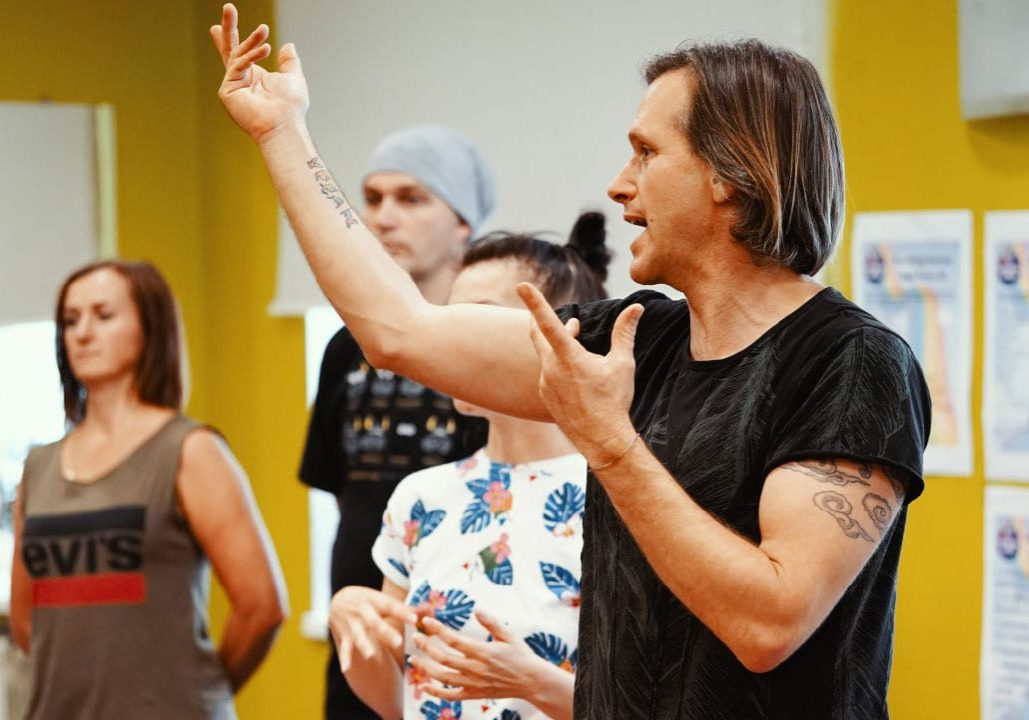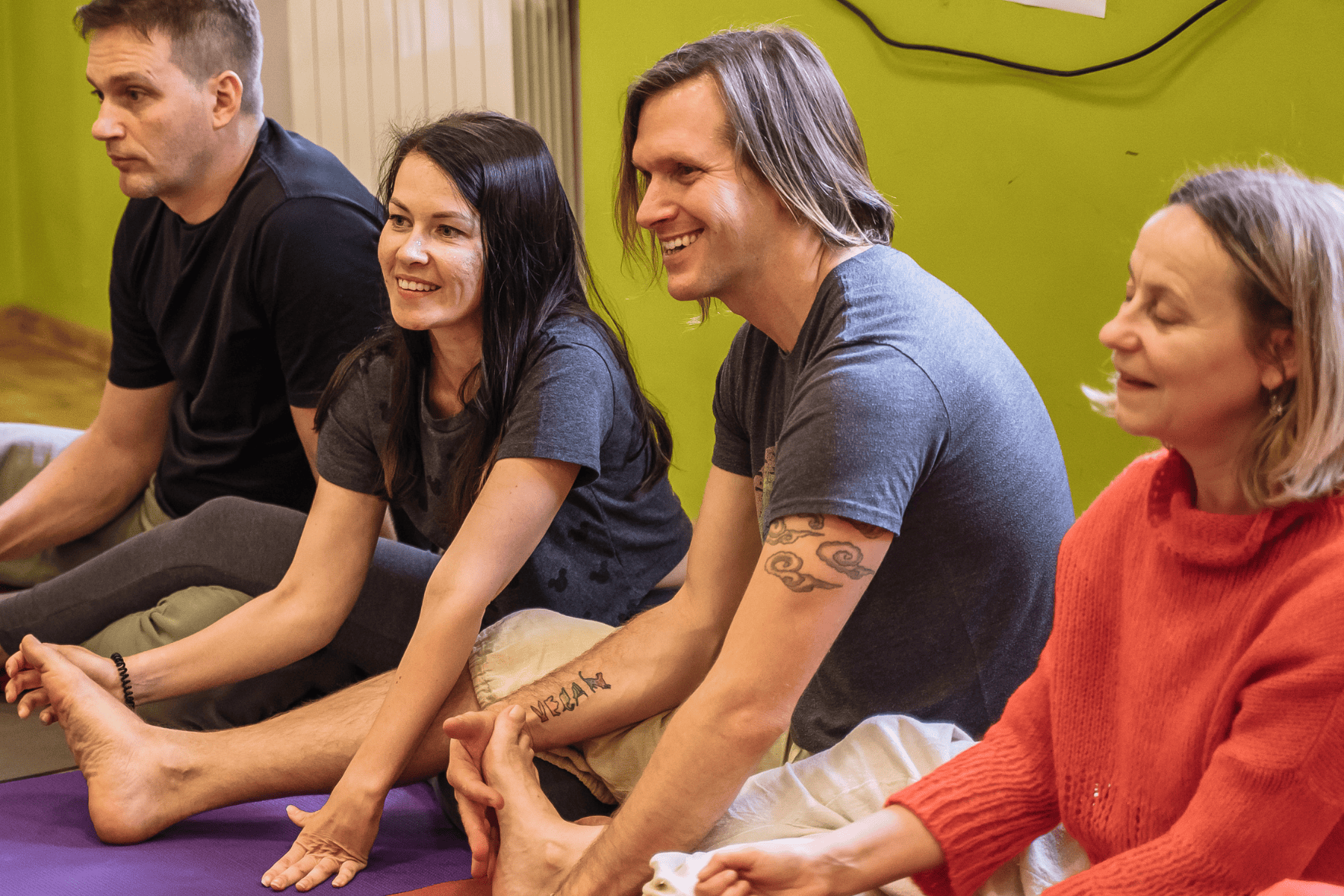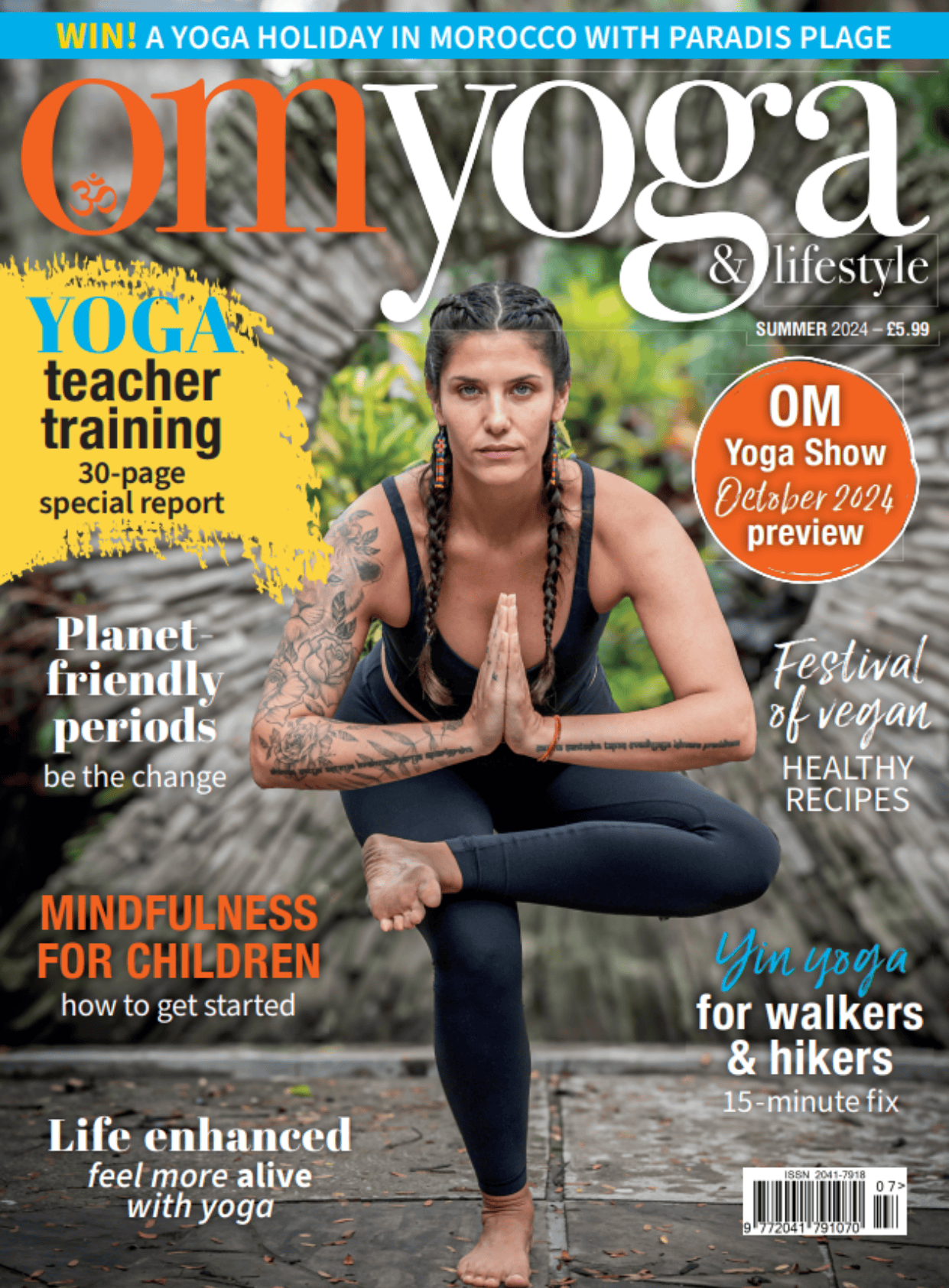
Finding your Teaching Voice
How crucial do you think it is to communicate with love, patience, acceptance, hope, and a positive attitude? By Gopala Amir Yaffa of Rainbow Yoga Training
Reading time: 3 minutes
Your teaching voice is the tool you use when you teach. It can make the class amazing or challenging, depending on how you use it.
- Yoga voice: In yoga culture, we often hear about ‘finding your voice’ and ‘teaching from the heart’ — but what do these phrases really mean? When you first start teaching, you might be more focused on not mixing up your rights and lefts than on teaching your truth. You might worry about sounding yogic enough. However, you don't need to have all the answers or be a master of yoga physiology and philosophy right away. It’s more important to develop the confidence to teach as yourself.
- Yoga-speak: Yoga-speak refers to the speech patterns, habits and clichés we often adopt to sound like a yoga teacher. The problem with yoga-speak is that it creates a barrier between teachers and students, making us seem like polished, sing-songy robots instead of real, flesh-and-blood humans. Most importantly, it prevents us from teaching as our true selves.
Here are some tips to quell yoga-speak:
- Avoid (or explain) yoga jargon: Phrases like ‘engage your root lock’ or ‘hug the midline’ are excellent cues, but meaningless if your students don't understand them. Explain concepts in common language first. For example: In Sanskrit, this pose is called adho mukha shvanasana.
- Offer specific feedback: General praise like ‘good job’ can be meaningless if overused. Compliment students specifically: “Beautiful length in your spine, Sue,” or “Great job keeping your thighs lifted, Steve.” This not only feels more genuine but can also enhance their alignment.
- Keep it real: Teach as if you were instructing close friends or family. You don't need to perform or play a role. Speak in your regular voice and give clear instructions. Let your personality shine through. If you’re poetic, embrace it. If you’re straightforward, stick to that. Your unique style will attract the students who resonate with your teaching.
- Use metaphors and imagery you love: Incorporate metaphors and imagery from your interests, whether it's gardening, drama, dance, circus, or Harry Potter. We’re most enthusiastic when discussing what we love.
It's not about being perfect
As teachers, it's essential to be mindful of our language, but it's easy to get so caught up in saying everything ‘right’ that we forget to be ourselves. Ultimately, it doesn’t matter if you say ‘um’ 12 times, mix up your right and left, or forget a Sanskrit name. If you teach from a place of authenticity, it will resonate with your students. Shifting your aim from perfection to authenticity makes teaching less stressful, more fun and more sustainable. Constantly trying to measure up is exhausting. You can't find your voice if you feel you have to be someone you're not.
Don't be a yoga fraud. Don't even try to be a yoga teacher; just be yourself!
Gopala Amir Yaffa is founder of Rainbow Yoga Training (rainbowyogatraining.com)



